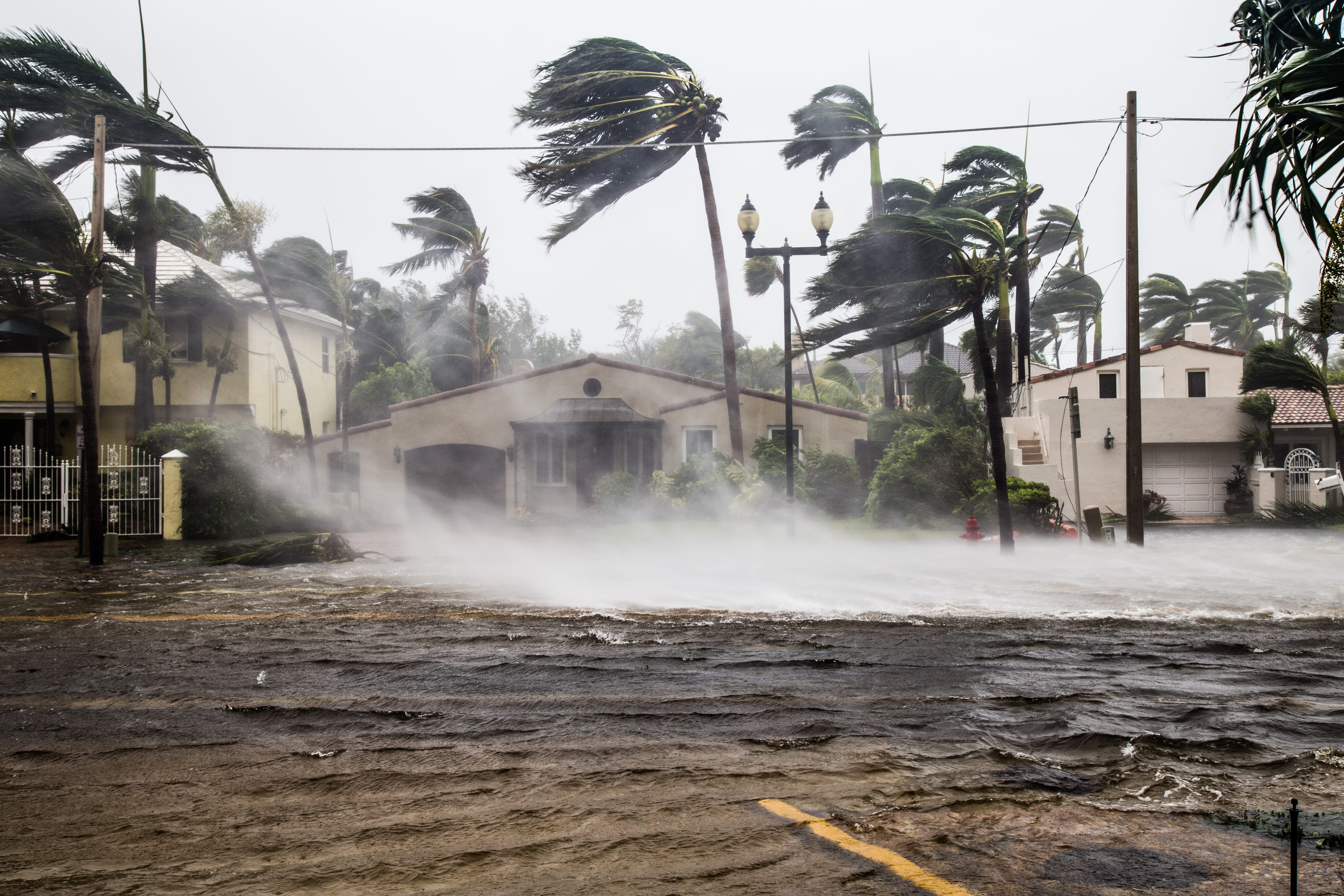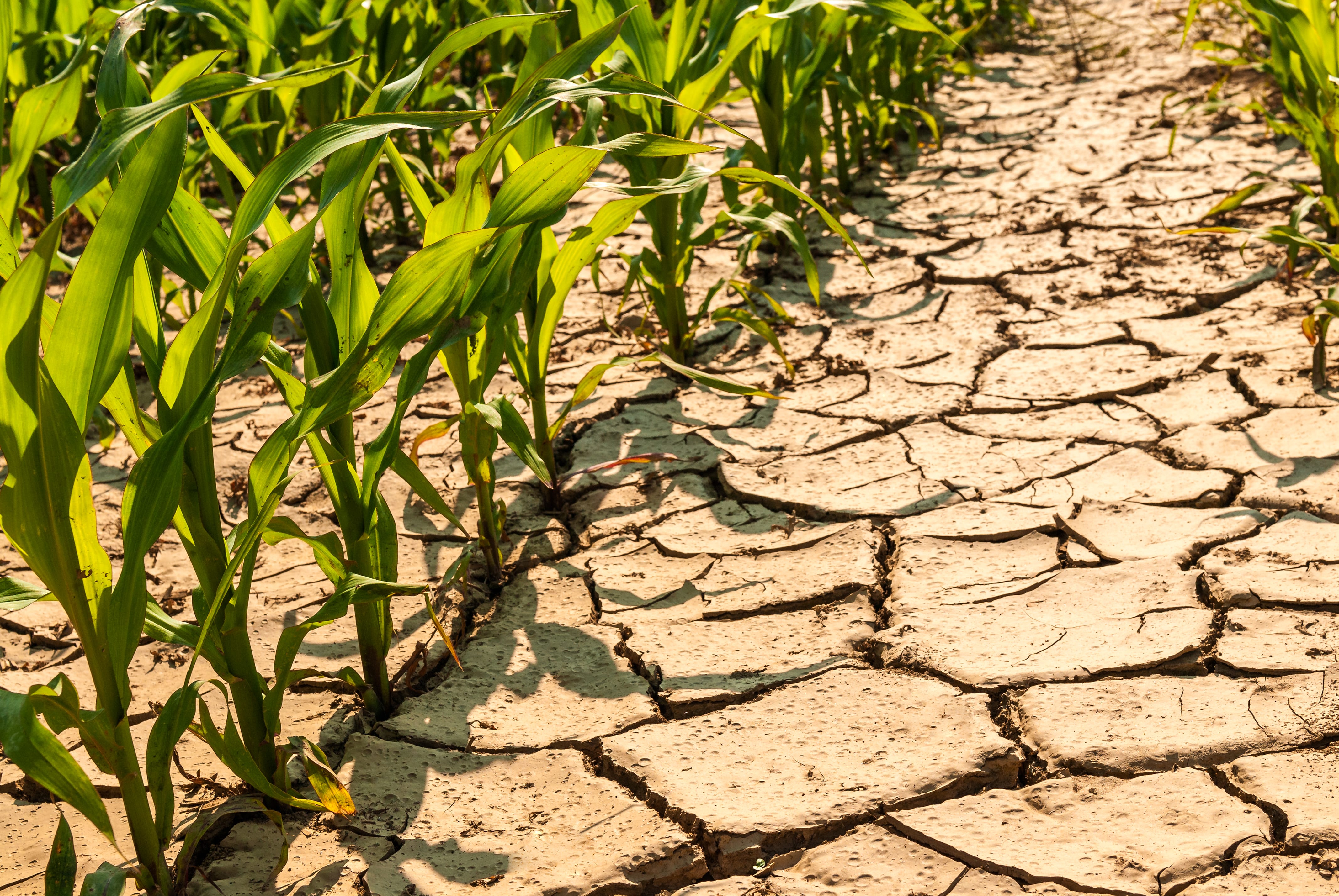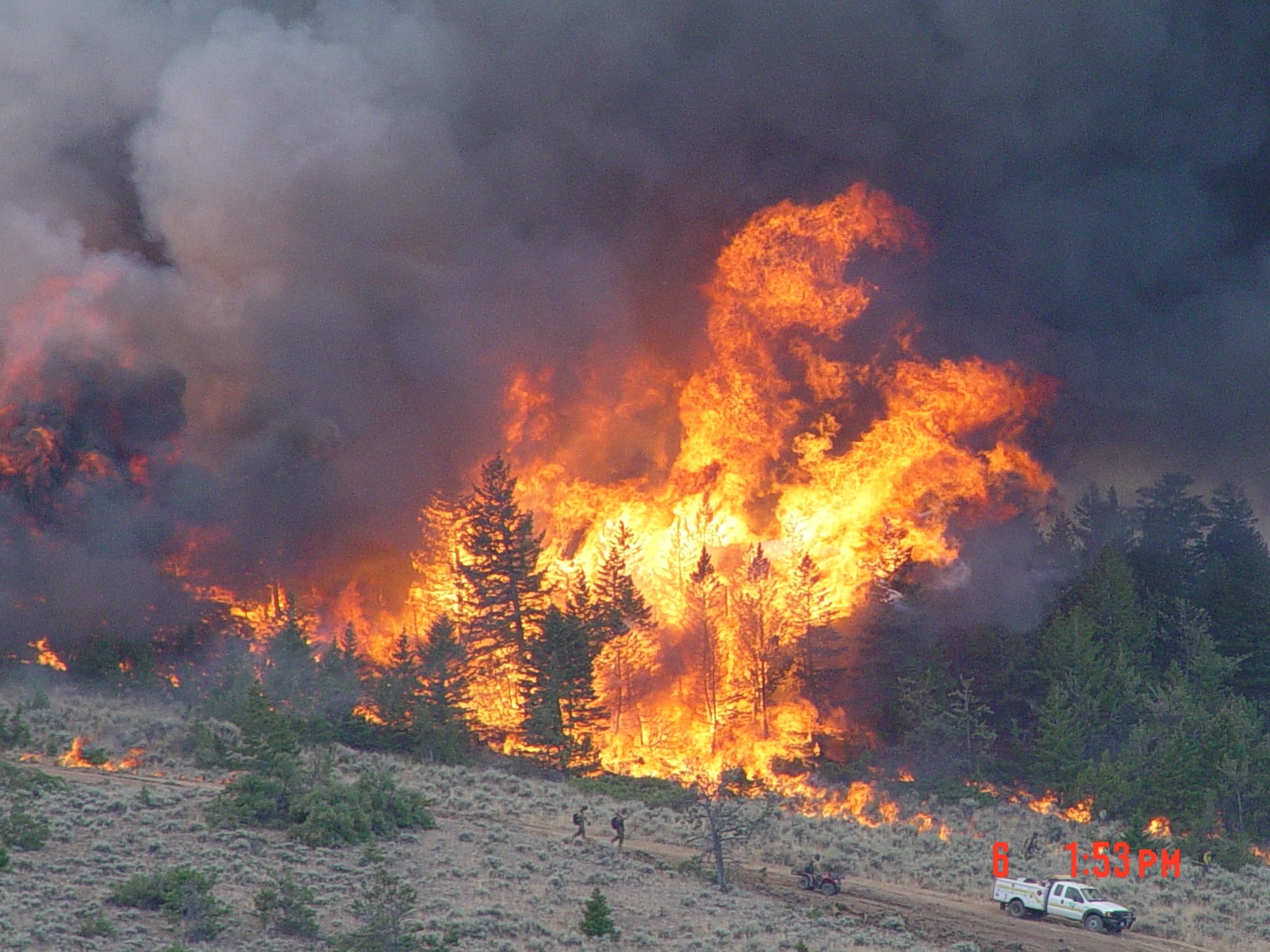Climate change has extended fire seasons and worsened drought conditions that make many areas vulnerable to fire. In recent decades, we’ve seen increased costs and impacts of wildfires. As with droughts, however, many factors are involved. The expansion of communities into wilderness areas has exposed more people—and their homes and businesses—to risk from wildfire.
The characteristics of an ecosystem, including its temperature, soil moisture, wind speed, and vegetation, also affect an area’s wildfire vulnerability. Since these factors vary from region to region, climate change impacts on wildfire also vary. In the western United States, for example, climate change has dramatically increased the number of fires and the area burned in recent decades. The Arctic has also become more susceptible to fire, due in part to higher temperatures and shortened snow cover seasons as a result of climate change.
Credit
Credit: Dan Borsum, NOAA/NWS/WR/WFO/Billings Montana













